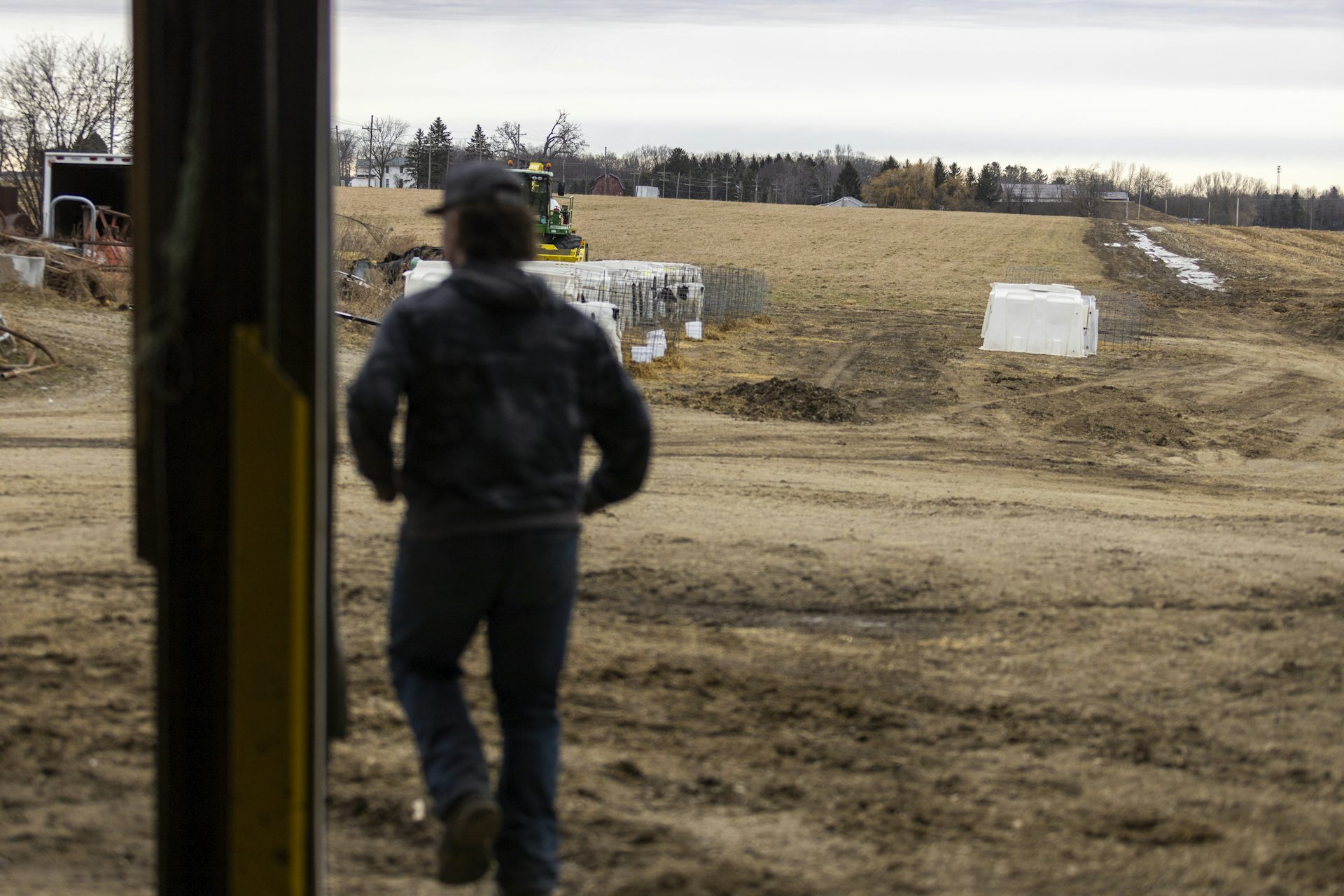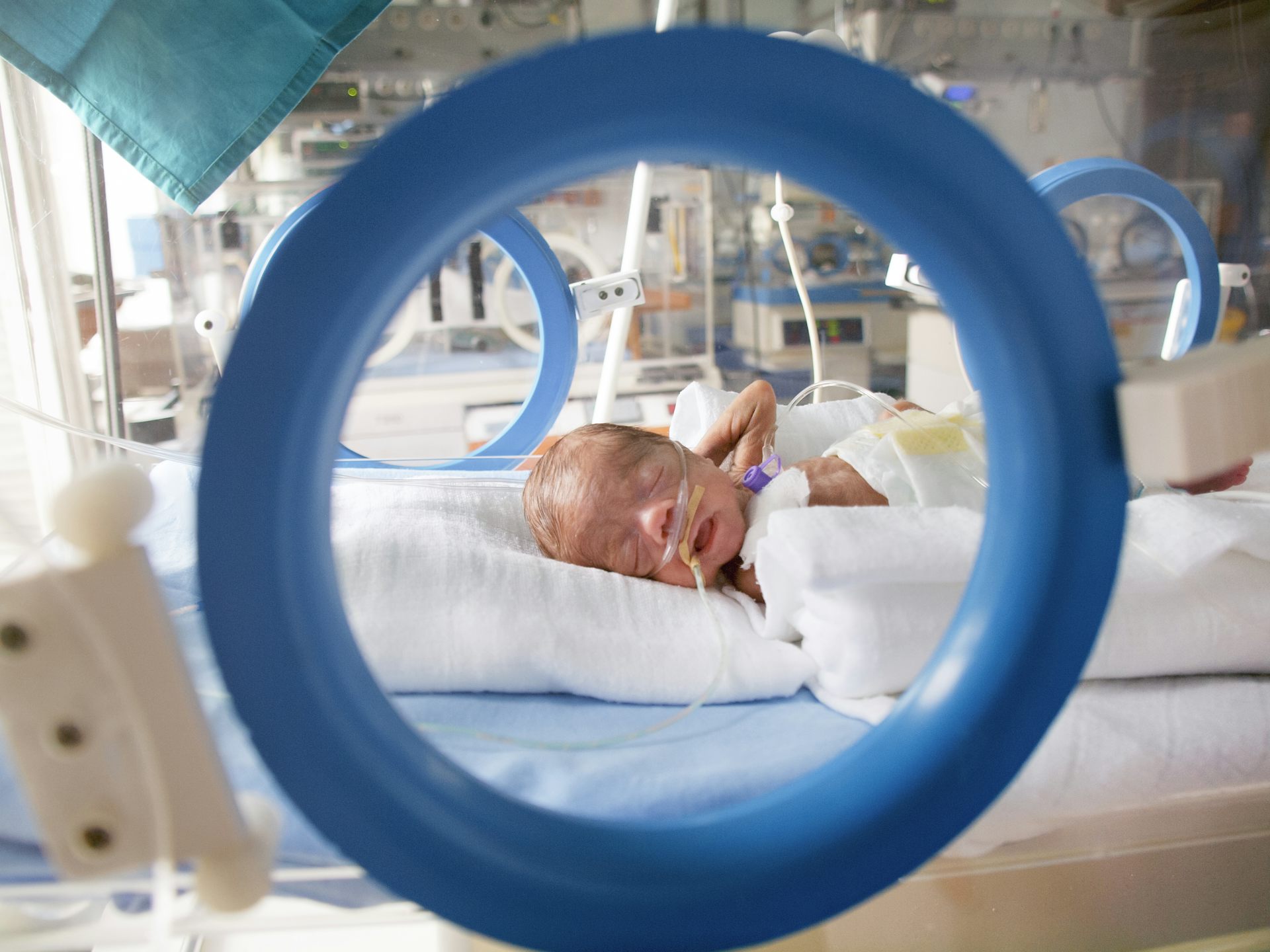Young, female voters were the key to defeating populists in Poland's election – providing a blueprin
The autocratic Law and Justice Party looks set to be turfed out by a center-left coalition, which gained more than half of all votes.

The results of Poland’s parliamentary elections held on Oct. 15, 2023, have been lauded as a blow against populism – and they may also hold important lessons for reversing democracy’s decline.
In the vote, the conservative and increasingly autocratic Law and Justice Party (PiS), which has ruled since 2015, still received the largest number of seats (35%) in Poland’s Sejm, the more powerful lower house of parliament.
But it was not enough to form a majority. Instead, it looks likely that the progressive Civic Platform will join forces with the Third Wave and New Left, which together received 54% of the votes.
Should that be the case, they will rule as a liberal, pro-European Union government – a far cry from the policies of the PiS, which during its tenure attacked the independence of courts, limited the space for civil society and manipulated the public media.
Heading into the national elections, there was no guarantee that politics in Poland would not continue down this route. There were, in fact, many reasons to wonder whether the October elections were fair.
The PiS government used the elections as an opportunity to simultaneously hold a national referendum, asking voters to answer questions about migrants, border walls, the retirement age and the selling off of state assets – issues known to be unifying for its supporters.
PiS also used public media to criticize the opposition. State TV, newspapers and social media – which critics say has, over the preceding eight years, stopped being pluralistic and independent – consistently misrepresented facts and attacked the opposition, often with outlandish allegations. In addition, exploitation of state-owned companies and public funds gave PiS a “clear advantage” going into the polls, according to the election observers at the Organization for Security and Cooperation in Europe (OSCE).
But as a scholar of civil society in central Europe, I was not surprised by the election results. My new co-authored book, “Activism in Hard Times in Central and Eastern Europe: People Power,” explores the role that informal activism – that is, non-organized, individual action by citizens – can have in electoral politics.
Here are five factors that contributed to the Polish election result – and could have implications for other countries faced with democratic backsliding.
1. Voters showed up
Poles took the elections seriously. With almost three-quarters of the electorate voting (74%), the turnout was unprecedented in recent times. It was even higher than the first free elections after the fall of communism in 1989. In fact, this was the highest voter turnout since 1919, a year after Poland emerged as an independent country.
Part of the reason behind the high turnout was the stakes involved. Opposition parties insisted that democracy itself was at stake, while the Law and Justice Party depicted the election as a clear choice between Poland being forced by the EU to open its borders to illegal migrants and adopt a pro-LGBTQ+ agenda, and an independent government that would secure Poland’s borders and promote Christian traditions. Voter turnout was key to the opposition’s victory.
2. Women mobilized
For the first time in Poland’s history, more women than men voted. Almost 75% of eligible women voted – a 12% increase over 2019. In comparison, 73% of eligible male voters cast a ballot.
The election also saw a record number of female candidates (44%) and the largest percentage of women (30%) voted into Poland’s Sejm.
The growth in the women’s vote follows a period of increased feminist activism in Poland.
During the communist period that ended in 1989, women’s political participation was not significant. Post-communist governments, however, did not provide women with the rights they expected or wanted.
When PiS took office in 2015, Poland had one of the strictest abortion laws in Europe. After the ruling government tightened abortion restrictions further, Polish women took to the streets. In recent years, women have regularly protested what they perceive as the anti-gender policies of PiS, but little changed – at least on the surface.
Government restrictions and ongoing attacks on women’s organizations were having an impact on Polish women, especially younger women – and the October election provided a moment for women to have their say. A breakdown of the women’s vote finds that many women voted for leftist and centrist parties that made women’s rights and liberalized abortion laws a priority.
3. Young people mobilized
Young Poles also participated in elections in record numbers, demonstrating that while young people might be seen to be dissatisfied with democracy, many of them still show up to vote. Among voters under 29 years of age, 69% turned out compared with 46% in the previous elections in 2019 – a 22% increase. In fact, more people under 29 voted than people over 60.
This is partly because the ruling government had been particularly outspoken on issues that matter to young Poles, such as LGBTQ+ rights and abortion. Meanwhile, opposition party candidates promised to make same-sex civil partnership and the legalization of abortion up to 12 weeks a priority.
4. The role of civil society
The number of civil society organizations is only one way to gauge the strength of civil society. PiS worked to shrink the space for civil society activism by reducing funding to certain organizations, resulting in a decline in the number of groups.
But, as I explore in my research, such efforts simultaneously pushed activism online and fueled political and social engagement in other ways that are often harder to see – such as do-it-yourself aid for refugees, volunteering and community initiatives. Seeing the elections as a “make or break moment,” formal groups and individuals working through informal channels visited towns, organized in parks, created leaflet campaigns and did whatever they could do to ensure that the population knew what was at stake in the election.
Expressing their strong opposition to the national referendum that was held on the same day of the elections, Polish civil society organizations, such as Action Democracy and the Homo Faber Association, urged people not to participate. Exit polls suggest that most Poles (60%) refused to take part in the referendum, making the results not legally binding.
5. The economy matters
Much of PiS’ tenure in government has coincided with significant economic growth in Poland. This allowed the government to provide monthly stipends for families to reduce child poverty, restructure the tax system to benefit the poor, and invest in rural Poland.
Yet earlier in 2023, Poland’s inflation was over 18%. With prices for food up by 24% and costs for housing, gas and electricity up by 22%, Poles – especially those on fixed incomes, many of whom were PiS voters – were unable to pay their bills. This helped turn Polish voters against the government. In June, hundreds of thousands of Poles took to the streets with a variety of complaints, including inflation and rising costs.
Poland’s immediate political future is still a little up in the air – and years of increasingly autocratic rule has left its mark. Some observers worry that there is no going back to a pre-populist Poland. Yet the outcome of the October election should serve as a reminder that democracy’s decline is not inevitable and can be halted.
Patrice McMahon received funding in 2023 from the United States Department of State through the U.S. Fulbright Commission.
Read These Next
Rural high school students are more likely than city kids to get their diplomas, but they remain les
1 in 5 students in the US are living in rural areas.
Texas cities have some of the highest preterm birth rates in the US, highlighting maternal health cr
Rates of preterm births, maternal deaths and other adverse birth outcomes are abysmal across the US,…
New York’s wealthy warn of a tax exodus after Mamdani’s win – but the data says otherwise
Research on millionaire migration reveals that social and professional ties matter far more than marginal…




